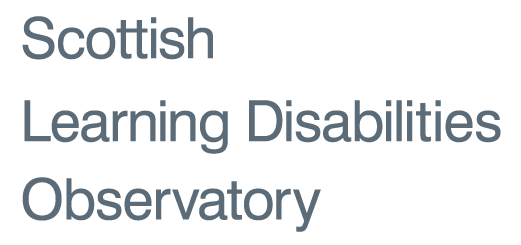Easy read and inclusivity: two perspectives
What is easy read information?
“The easy read format was created to help people with learning disabilities understand information easily… Easy read uses pictures to support the meaning of text. It can be used by a carer to talk through a communication with someone with learning difficulties so that they can understand it, for example a letter from the council about council tax charges… Easy read is often also preferred by readers without learning disabilities, as it gives the essential information on a topic without a lot of background information. It can be especially helpful for people who are not fluent in English.” (https://www.gov.uk/government/publications/inclusive-communication/accessible-communication-formats#easy-read-and-makaton)
Rhiann’s reflections on easy read
The advice I was given in my early career in learning disability services was to commission easy read outputs from expert organisations who would effectively act as a translator for pieces of writing. But whenever I read easy read content once it had been commissioned, it was always ‘wrong’ to me. But ‘wrong’ in a way that I found really hard to define. I would sit and say things like “that’s not quite what I meant” or “I think we’re missing some of the narrative”. The reality is that it was wrong because easy read is a process of refinement in itself, a process I should have remained involved in.
As part of the Research Voices Project, we decided to develop easy read information for people with learning disabilities on a range of complex topics. Some of the things we grappled with communicating as a project team included:
- Essential and desirable selection criteria (the concept that even if you met the selection criteria, there may be some people who would be better suited)
- Explaining what health research means (and the range of health research that is out there from clinical trials to census data)
- Explaining the difference between participation in research and engagement
- Explaining how data will be held and stored
Documents went through more than 8 iterations, and I’m sure we could keep making changes based on feedback. But the process itself allowed us to refine our thinking in ways that were extremely helpful. For example, we are able to think in depth about what level of detail is needed to make an informed choice about participation, and what then needs to be shared at a later date face to face.
My view is that easy read is a tool to support learning but largely, it is insufficient on its own. Many people with learning disabilities cannot engage with it at all, because of challenges in literacy or visual impairment. So for some individuals we met throughout the Citizens’ Jury recruitment process, the easy read served as a guide for conversation for the staff member.
A recent meta-analysis showed that there is a very limited amount of evidence that outlines the impact that easy read and “a lack of information about how people with intellectual disabilities and the people with support them use accessible information in their everyday lives.“ (Chinn and Homeyard, 2017)
In my own experience, the value of easy read is actually in
- The value of producing documents with meaning in refining our own thinking
- The value of having a tool/framework to support engagement and communication (when combined with face to face input etc)
Lois’s perspective: A response
If the advice Rhiann got early on in her career was leave easy read until the end then it is no surprise to me that she ended up feeling a bit frustrated by her early experience of easy read.
If easy read becomes a translation activity then it’s missing the point and you lose the benefit of approaching an activity or project thinking about the communication requirements that that are necessary to promote effective participation.
To achieve effective participation communication needs to move much higher up the agenda. There needs to be more explicit consideration of its demands for example exploring
- The order and flow of the information presented
- Unpicking the specific meaning of a word or concept
- The visual images used so that the visual helps explain the concepts it is trying to support and are not just there for the sake of having a picture
- The best mode of communicating information, one size does not fit all
This in-depth thinking will add to the quality of a project because if communication becomes a focus then this will help develop a shared understanding for everyone involved in the project. No one can hide behind the jargon and cloudy unstructured thinking that is often lapsed into. Everyone benefits from that.
Reference
Chinn, D. and Homeyard, C. (2017), Easy read and accessible information for people with intellectual disabilities: Is it worth it? A meta‐narrative literature review. Health Expect, 20: 1189-1200.
